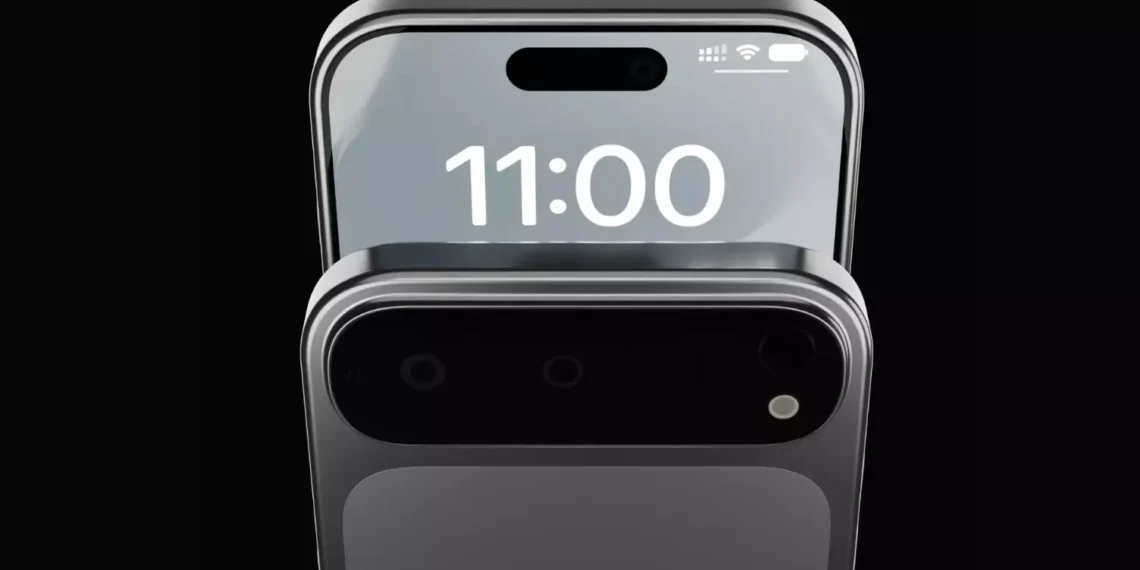As we navigate through the ever-evolving landscape of smartphones, the competition between Apple and Android devices grows fiercer. Apple’s iPhones have long been the benchmark for premium smartphone experiences, but Android flagships like the OnePlus 13 are setting new standards in functionality and user-friendliness. After spending considerable time with the OnePlus 13 and comparing it with my iPhone 16 Pro, I’ve identified two groundbreaking features that could significantly enhance the user experience on Apple’s future flagship, the iPhone 17 Pro.
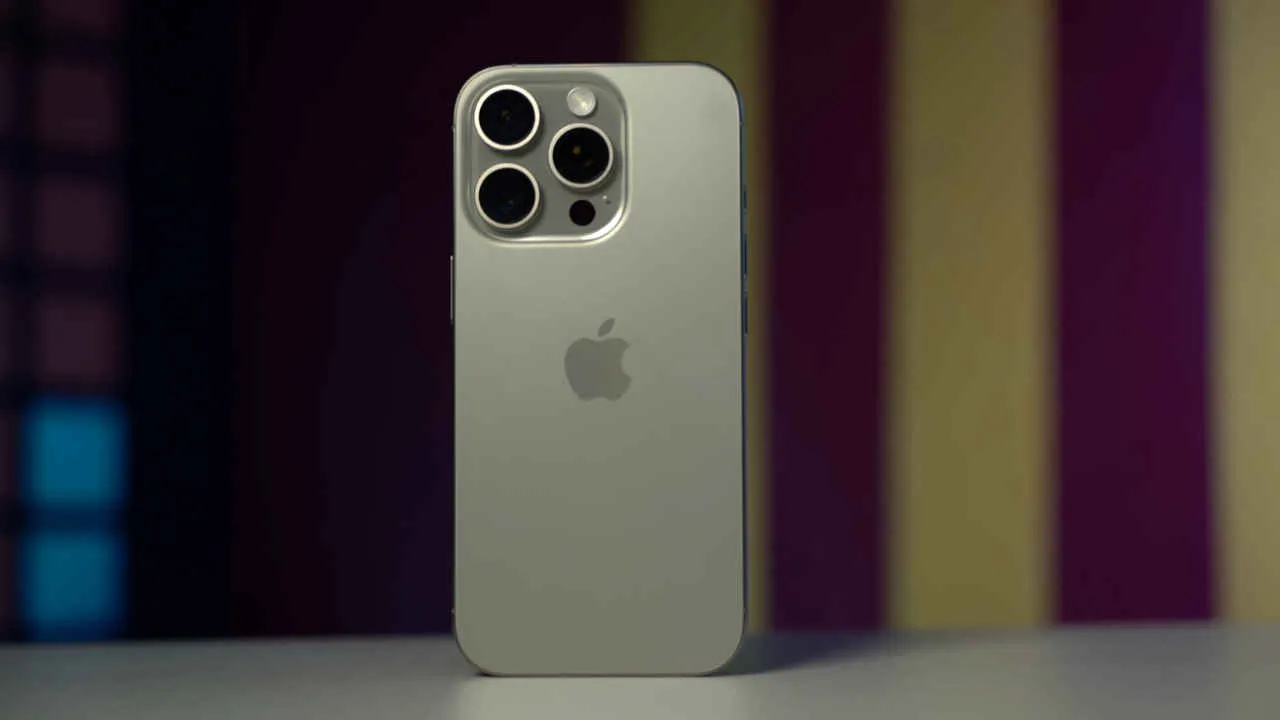
A Leap in Usability: Aqua Touch Display
OnePlus has once again raised the bar with its innovative Aqua Touch technology, initially introduced in the OnePlus 12 and refined in its latest model. This feature allows the phone’s touchscreen to function flawlessly even when wet—be it rain, pool water, or just greasy fingers. Anyone who has tried using their iPhone near water knows the struggle: the screen often misinterprets water droplets as touches, leading to frustration and the need for a dry cloth.
Apple, despite its advancements, hasn’t offered a viable solution for this issue. The IP rating on iPhones does guarantee some resistance to water, but it doesn’t help much with usability in such conditions. The Aqua Touch technology not only enhances usability in wet conditions but also includes a Glove Mode, which allows interaction with the screen even when wearing thick gloves. Given the diverse climates iPhone users find themselves in, this feature would be a significant upgrade for the iPhone 17 Pro, enhancing its usability across a wider range of environments.
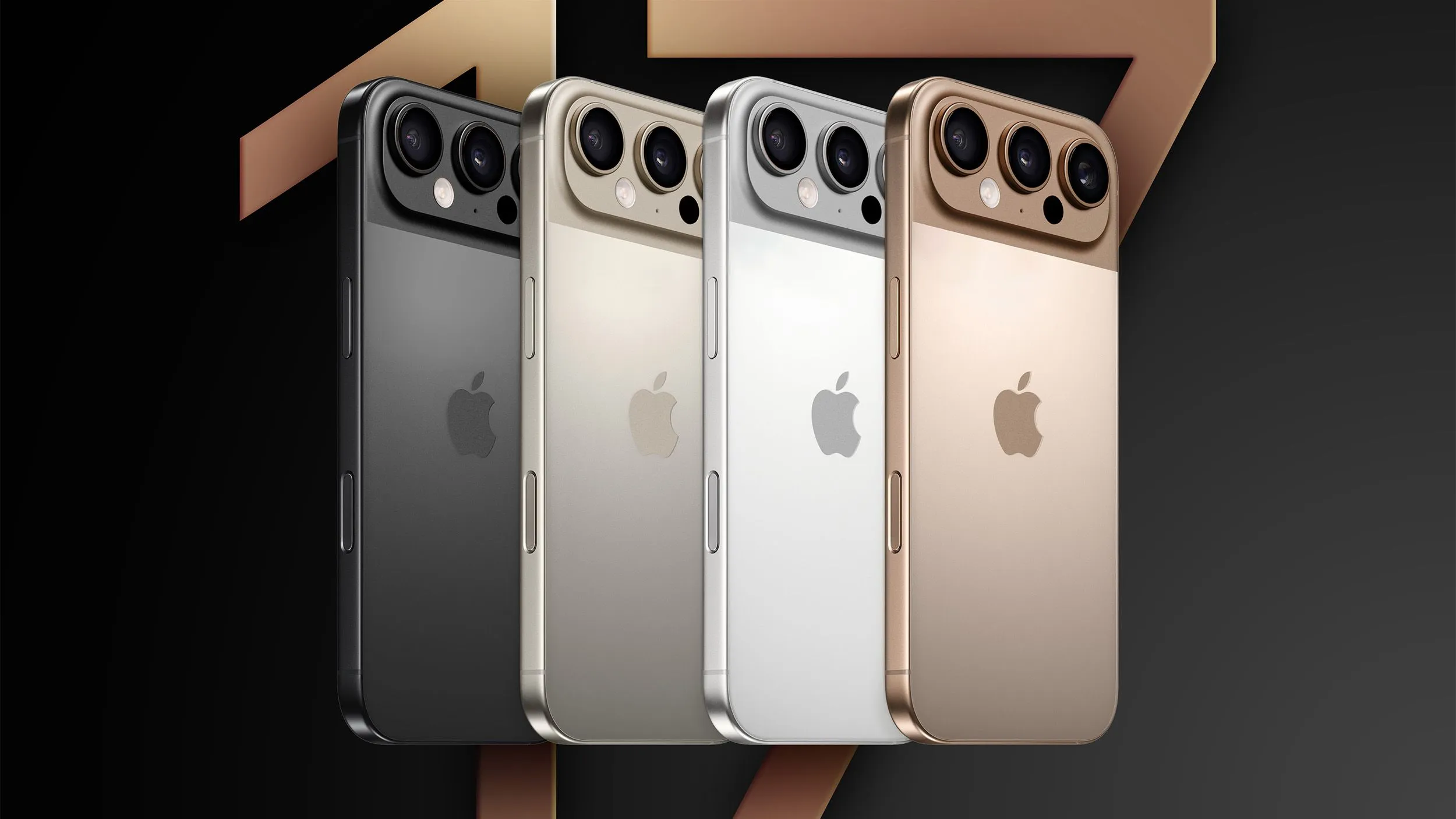
The Powerhouse Upgrade: Silicon-Carbon Battery Technology
Battery life remains a critical concern for smartphone users, and Apple has often been criticized for the longevity of its devices. While iPhones like the 16 Pro have seen incremental improvements, they still lag behind in terms of battery performance and endurance. This is where OnePlus’s adoption of silicon-carbon battery technology could serve as a blueprint for Apple.
Silicon-carbon batteries represent the pinnacle of battery technology in 2025, used by top Android flagships for their ability to deliver higher energy density and better durability under various conditions. These batteries use silicon carbide anodes, which allow for larger capacities in smaller packages—an essential factor as devices become more compact and power-hungry.
I’ve witnessed firsthand the superior performance of this technology in devices like the Honor Magic 6 Pro. The stamina and resilience of these batteries could address one of the longest-standing complaints from iPhone users: battery life. Incorporating silicon-carbon technology could not only extend the iPhone 17 Pro’s battery life but also improve its overall performance in extreme conditions.
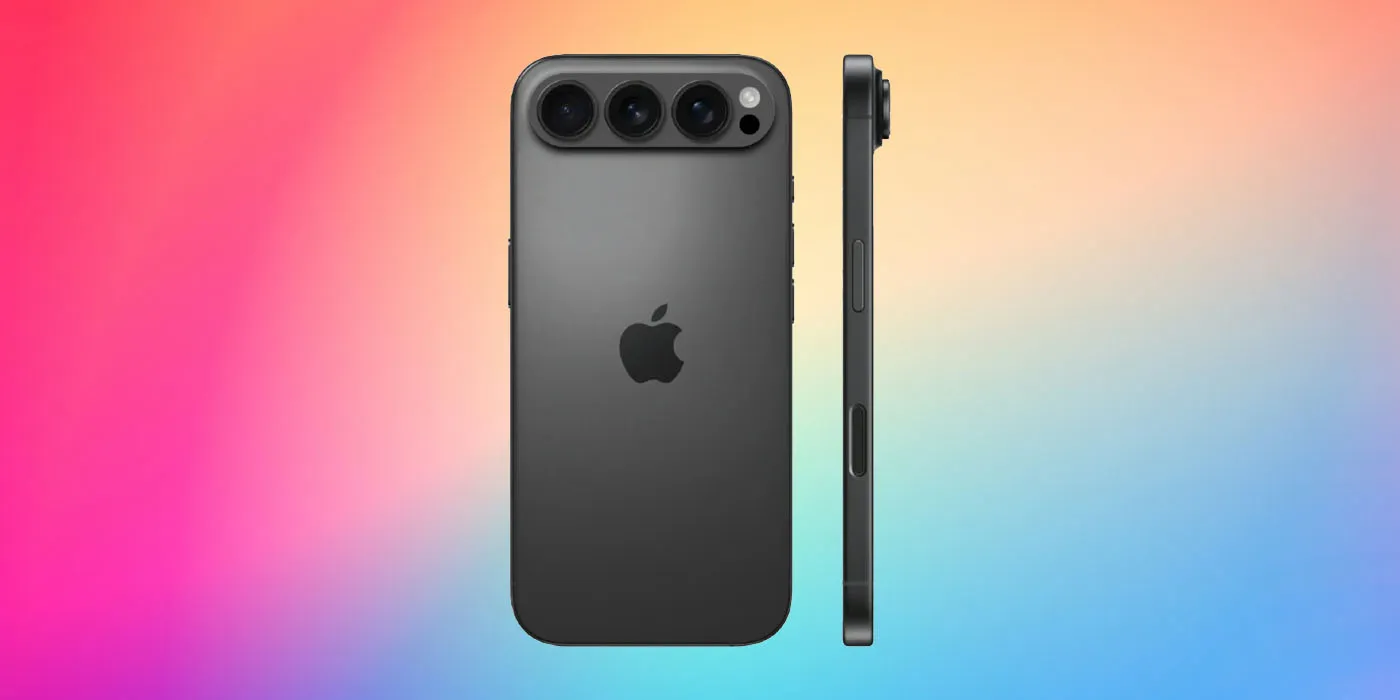
Looking Forward
While it remains to be seen whether Apple will incorporate these features into the iPhone 17 Pro, there is no doubt that such enhancements could significantly boost its appeal. Features like the Aqua Touch display and silicon-carbon batteries could transform the iPhone from a mere luxury device into a more practical, everyday tool that caters to the demands of modern users.
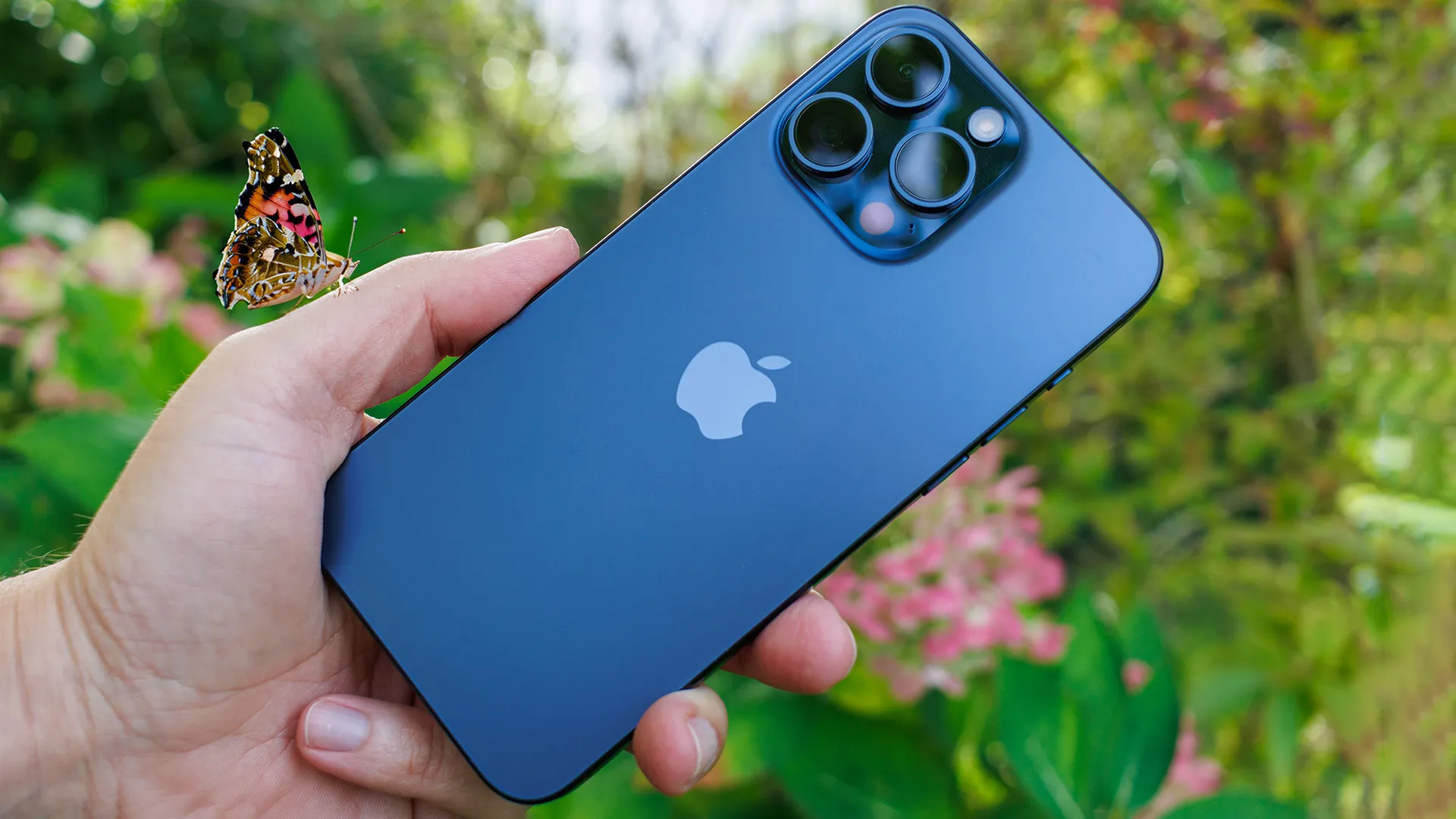
Given Apple’s history of cautious innovation, the integration of these technologies might not be imminent. However, with the smartphone market more competitive than ever, Apple may need to adopt such features to maintain its position at the forefront. The potential for improved functionality and user satisfaction could well be worth the investment in these new technologies.

